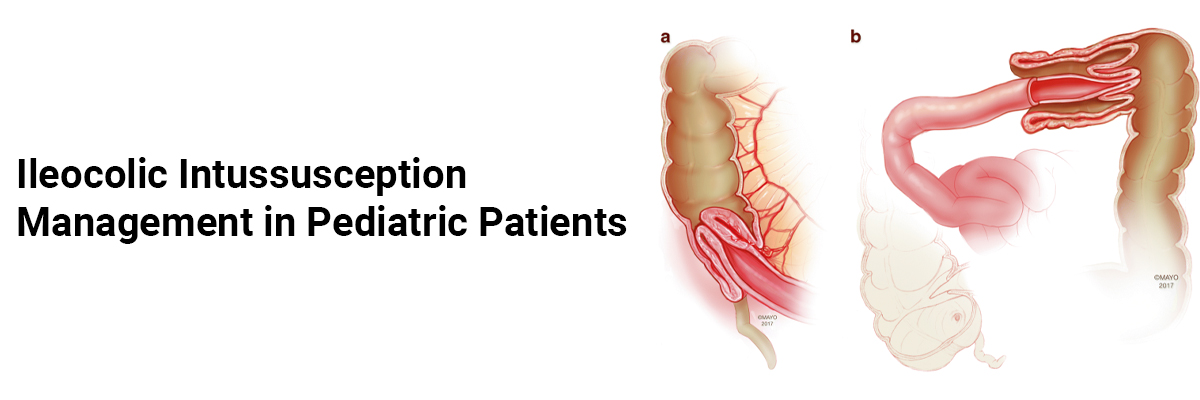
 IJCP Editorial Team
IJCP Editorial Team
Ileocolic Intussusception Management in Pediatric Patients
A study reported 15 years of experience at a single medical center regarding the management and outcomes of ileocolic intussusception (ICI) cases.
This was a retrospective analysis of patients diagnosed with ICI and treated at a single specialized referral center from 2005-2019. The data analyzed encompassed patient characteristics, symptoms, treatments employed, length of hospital stay (LoS), complications encountered, and treatment outcomes.
Overall, 546 ICI cases were included – 66.1% were males with a median age at diagnosis of 15 months. Nonoperative reduction, mainly through hydrostatic saline enema, was the preferred treatment method, successfully performed in 87.6% of cases. The overall success rate was 85.8%. Comparative analysis revealed hydrostatic saline enema to be significantly more effective (89.3%) than pneumatic (80.6%) or barium enema (79.8%). Nonoperative reduction procedures were devoid of complications. Surgical intervention was necessary in 101 cases, leading to 36 bowel resections – with postoperative complications observed in 5.9% of cases. Notably, patients undergoing operative management experienced significantly longer LoS than those treated nonoperatively.
It was inferred that nonoperative ICI management demonstrates high success rates with minimal complications and recurrences. Hydrostatic saline enema emerges as the most effective initial treatment option and should be prioritized as the primary intervention strategy.
Source: Delgado-Miguel C, García A, Delgado B, et al. Indian J Pediatr. 2023;90:1198–1203.

IJCP Editorial Team
Comprising seasoned professionals and experts from the medical field, the IJCP editorial team is dedicated to delivering timely and accurate content and thriving to provide attention-grabbing information for the readers. What sets them apart are their diverse expertise, spanning academia, research, and clinical practice, and their dedication to upholding the highest standards of quality and integrity. With a wealth of experience and a commitment to excellence, the IJCP editorial team strives to provide valuable perspectives, the latest trends, and in-depth analyses across various medical domains, all in a way that keeps you interested and engaged.




















Please login to comment on this article